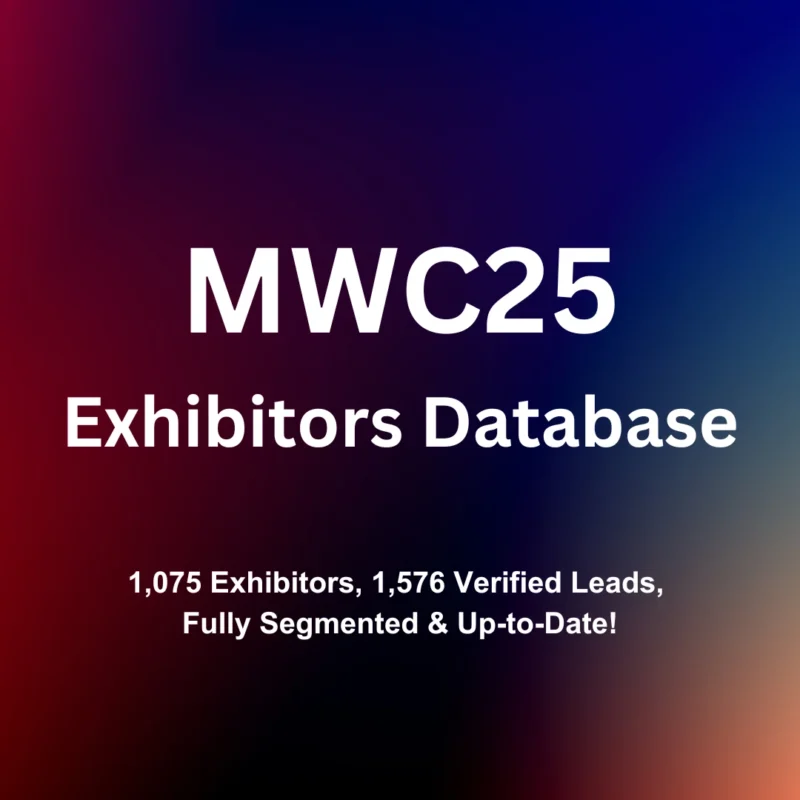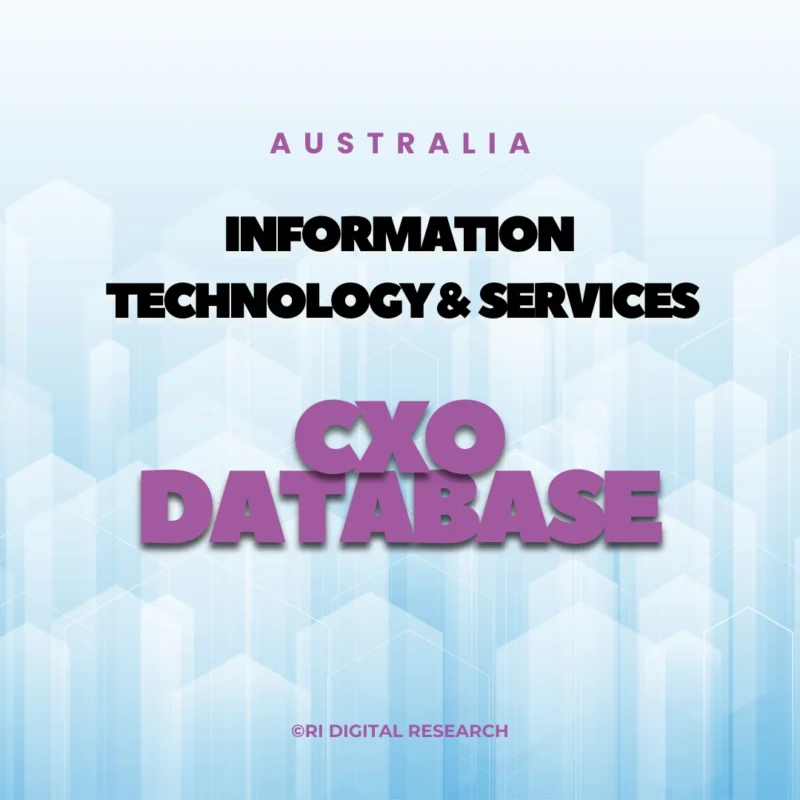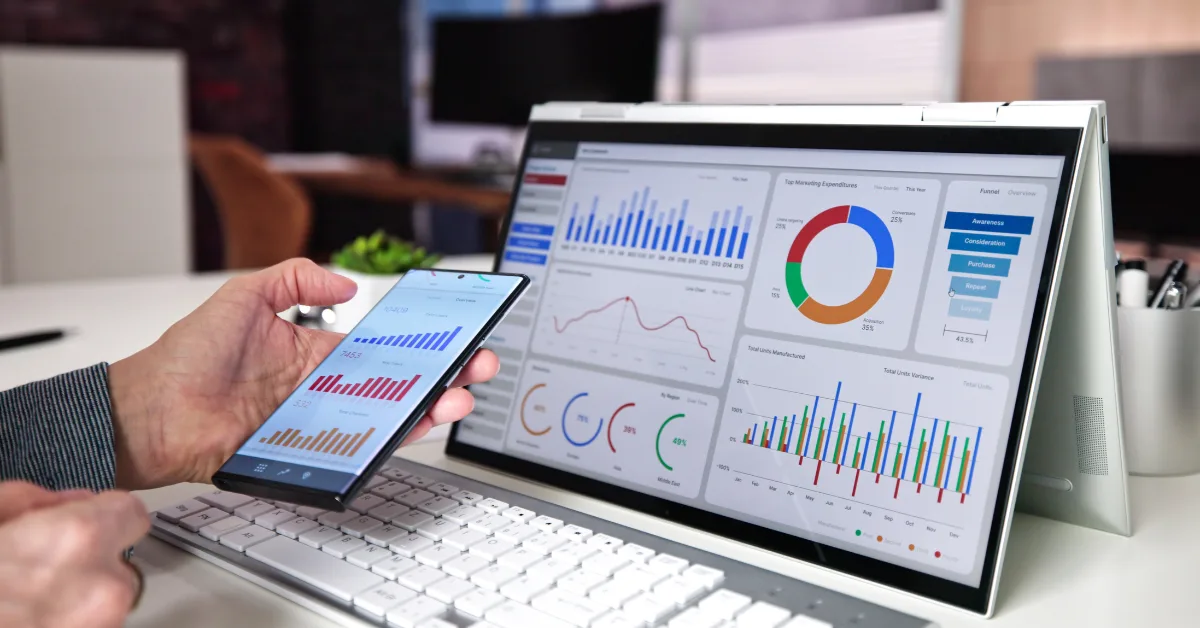Did you know that 64% of marketers say data-driven strategies are crucial to success, but only 39% feel confident using data effectively? That stat stuck with me because it highlights a real gap I’ve encountered often in client conversations. Everyone wants to use research, but not everyone knows how to bridge it with actual marketing execution. That’s where a strong digital research strategy comes in.At RI Digital Research, we specialize in helping brands turn raw digital insights into sharp marketing moves. In this guide, I’ll walk you through how we’ve successfully integrated digital research into broader marketing strategies to help businesses reach the right people, with the right message, at the right time.
Why Digital Research Is Essential for Modern Marketing
Let’s start with the obvious: your audience is online, your competitors are online, and your marketing should be grounded in digital behavior. But digital research goes deeper than social listening or Google Trends. It’s about uncovering what drives decisions—whether it’s sentiment around emerging tech, unmet needs in a market segment, or shifts in buying behavior.
When we talk about digital research strategy, we’re referring to a process that combines digital behavior analysis, competitor intelligence, and trend forecasting into a marketing blueprint.
From Data to Direction: Our Approach
One of the biggest challenges brands face is translating research into action. Here’s how we make that leap at RI Digital:
1. Audience Intelligence
We dig deep into audience segments—not just demographics, but attitudes, content preferences, and behavioral patterns. Using tools like social media analytics, search behavior reports, and even forum activity, we get a holistic view of what your audience actually cares about.
2. Competitor Mapping
We benchmark your brand against the competition. What keywords are they dominating? Where are they investing in content? What gaps can your brand fill? This isn’t about copying—it’s about finding white space.
3. Message Testing
Before launching a campaign, we test key messages with target groups to see what resonates. Sometimes, the smallest shift in tone can make a big impact. Digital research helps us iterate faster and smarter.
4. Continuous Feedback Loop
Too often, marketing is launched and left alone. We build in performance check-ins and ongoing analysis, so we’re constantly refining based on what’s working.
Real Example: B2B Tech Client Success
A B2B SaaS client came to us with strong product-market fit but low campaign engagement. Our digital research showed their target audience wasn’t searching for “cloud optimization” (their headline term) but rather phrases like “cut cloud costs” and “reduce AWS spend.”
We restructured messaging and content around these real terms, and within three months, engagement rose by 46%. That’s the power of integrating digital research into your strategy.
Takeaways for Your Team
If you’re building a strategy right now, here are three actions you can take:
- Audit your audience understanding. Go beyond CRM data—look at digital behaviors.
- Compare, don’t copy. Use digital research to find gaps, not mimic competitors.
- Build feedback in from the start. Marketing shouldn’t be static.
Why This Matters Now More Than Ever
Marketing is moving fast—generative AI, shifting algorithms, and evolving consumer expectations mean guesswork isn’t good enough. By grounding your strategy in real-time, behavior-driven insights, you stay relevant and effective.
At RI Digital Research, we don’t just gather data—we translate it into clarity. That’s what makes a digital research strategy more than just another buzzword—it becomes your competitive advantage.









